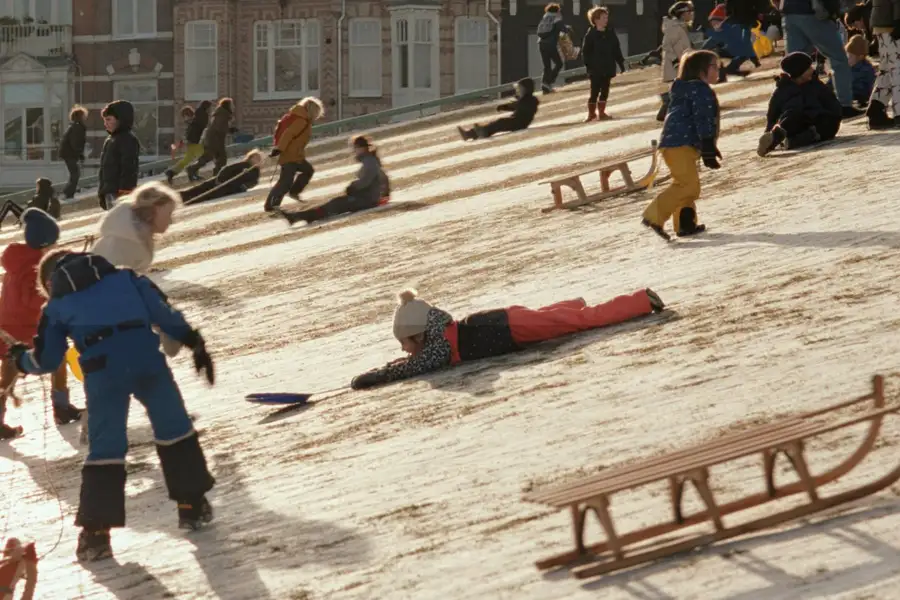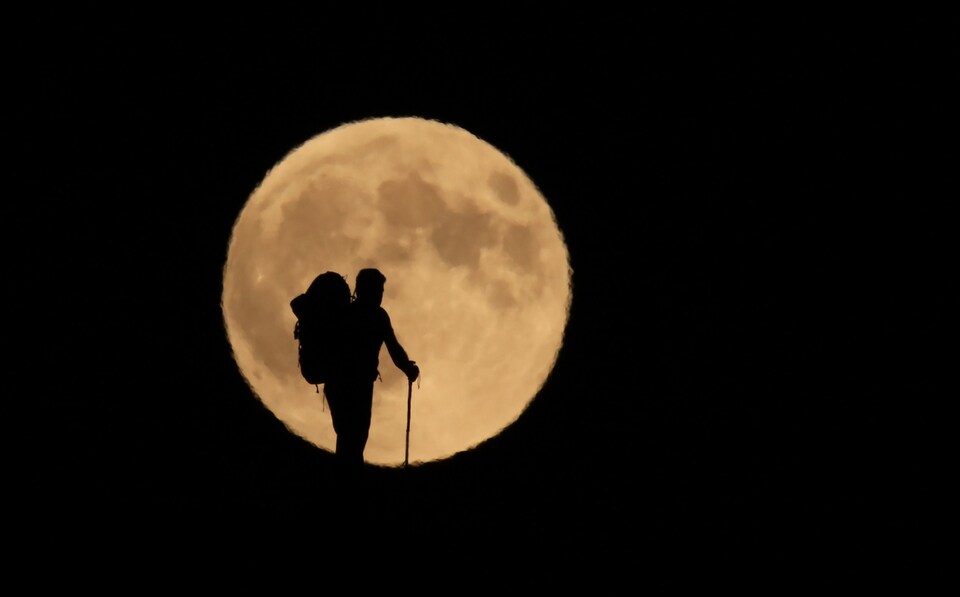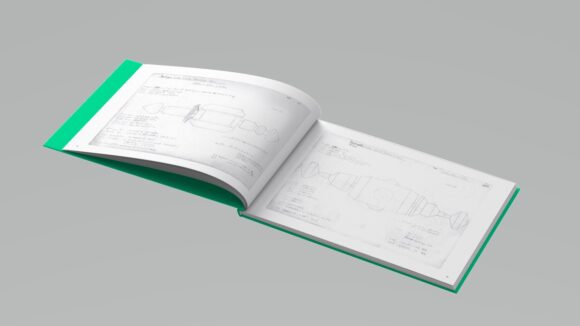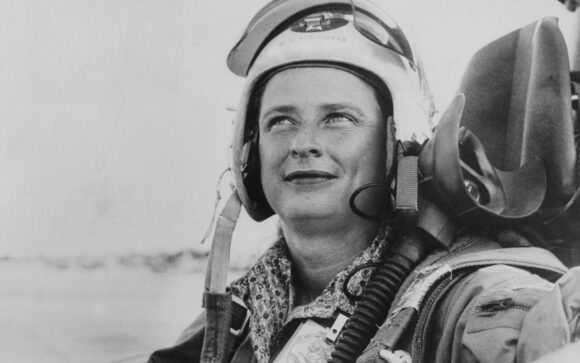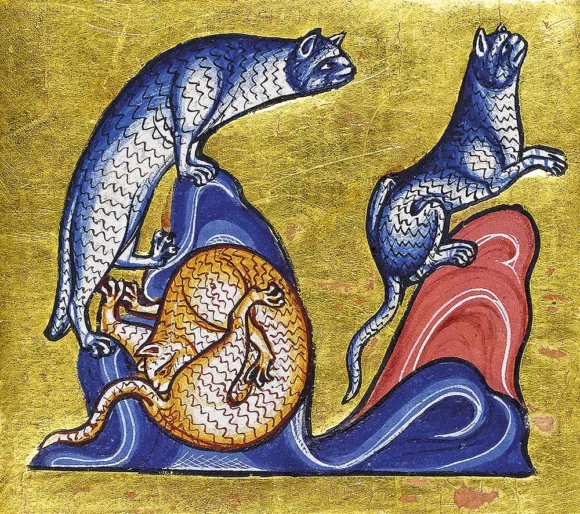Watching Occupied City by Steve McQueen for New Scientist, 31 January 2024
Artist and director Steve McQueen’s new documentary unfolds at a leisurely pace. Viewers will be glad of the 15-minute intermission baked into the footage, some two hours into the film’s over-four-hour runtime. If you need to make a fast getaway, now’s your chance — but I’ll bet the farm that you’ll return to your seat.
McQueen, a Londoner, now lives in Amsterdam with his wife Bianca Stigter, and Occupied City is based on Atlas of an Occupied City, Amsterdam 1940-1945, Stigter’s monumental account of the city’s wartime Nazi occupation.
Narrator Melanie Hyams recites the book’s gazetteer of the occupation, address by address, while McQueen films each place as it appears today. Here is the street market where they used to hand out Star of David patches to the city’s Jews. (60,000 of the city’s 80,000 Jews were expelled during the second world war, and almost all of those taken were subsequently murdered.) Outside this now busy cafe, someone once found a potato in the gutter, and burned a book to cook it. At this site, in the “Hunger Winter” of 1944-1945, the diving boards at a since demolished swimming pool were chopped up for firewood. Here, a family was saved. There, a resistance worker was betrayed.
Though many of the buildings still stand, the word “demolished” recurs again and again, and it’s rare that McQueen’s street photography does not capture some new bit of demolition or construction. Amsterdam does not stay still. So how does a living, changing city remember itself?
There are acts of commemoration of course — among them a royal visit to a Jewish holocaust memorial, and a municipal apology for the predations of the city’s participation in the slave trade. But a city’s identity runs deeper than memorials surely? Do drinkers at this bar remember the Jews who were beaten outside their windows? Do the occupants of that flat know about the previous owners, a Jewish couple who committed suicide, sooner than live under Nazi occupation?
Stigter’s Atlas is an act of remembrance. Her husband’s film is different: a snapshot of how a city survives being managed and choreographed, corralled and contained. Some of Occupied City was shot during a five-week Covid lockdown. We see the modern city beset by plague, even as we hear of how, in the past, it was brought near to destruction by foreign occupation. McQueen draws no facile parallels here. Rather, we’re encouraged to see that restrictions are restrictions and curfews are curfews, whoever imposes them, and whatever their motives. What’s interesting is to see how people react to civil control, as it becomes (whether through necessity or not) increasingly heavy-handed.
At a big anti-fascist rally, conducted outside the city’s Concertgebouw concert hall, a speaker announces that “Democracy is more fragile then ever.”
Is it, though? Occupied City would suggest otherwise. It’s a film full of ordinary people, eating, playing guitar (badly), playing videogames, smoking, sheltering from the rain, and walking dogs in the mist. It’s a film about citizenry who survived one lethal onslaught now handling another one — not so obviously violent, perhaps, but pervasive and undoubtedly lethal.
Occupied City is not about what people believe. It’s about how they behave. And, lo and behold, people are mostly decent. Leave us alone, and we’ll go tobogganing, or skating, or cycling, or dancing. We’re civically minded by nature. The nightmares, the riots, the beating and betrayals — these only surface when you start putting us in boxes.
A spirit of anarchism pervades this monumental movie. It’s not anti-authoritarian, exactly; it’s just not that interested in what authority thinks. Reeling as we are from the dislocations of Covid, it’s a comfort, and a challenge, to be reminded that cities are, when you come down to it, nothing more than their people.

